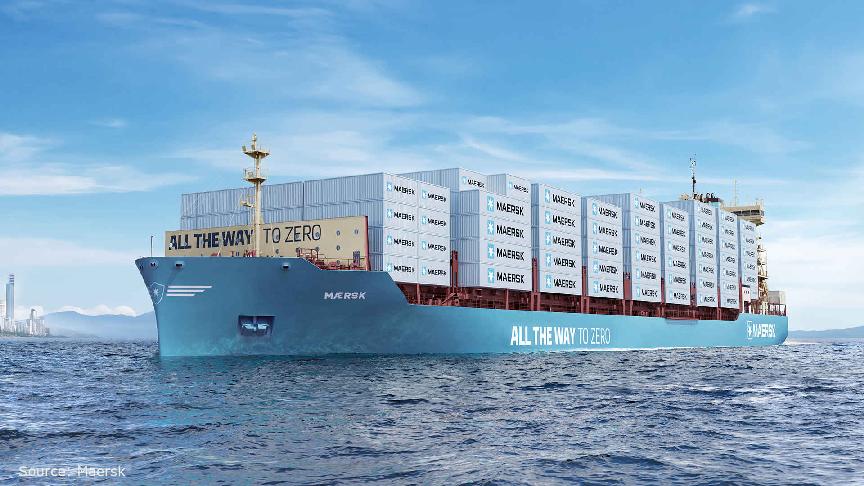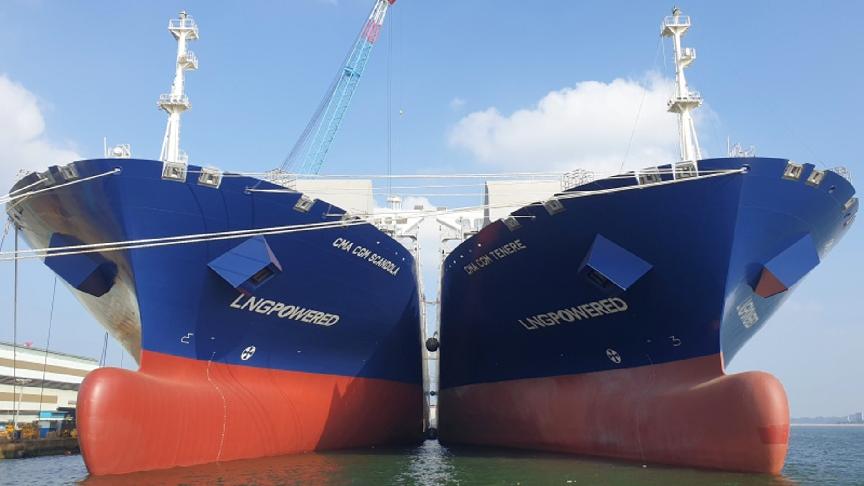A new evaluation conducted by shipping experts concluded that the speed of container vessels dropped to a new low this year. They argue that the main reason behind the slow steaming is the newly implemented emission regulations.
According to the German transport newspaper DVZ, the study found that classic Panamaxes “now only travel at just under 15 knots, 2,500 TEU freighters only 14.3 knots.” The study adds that the average speed of 7,500 TEU+ ships was reduced by more than one knot to 15.6 knots.
Liners have not reduced the speed of vessels this low even at the height of the pandemic when container shipping came to a near halt, claim experts. They believe this is indication container carriers are taking the shipping-related decarbonisation rules seriously.
While this might be one way to look at it, analysts at shipping analysis firm BIMCO believe the slow speeds are also tied to the current drop in demand. This is contrary to the strategy carriers adopted when demand surged in the past few years. According to BIMCO, vessel speeds increased by nearly 4% at that time.
A recent announcement by the 2M Alliance confirms this reasoning. Both MSC and Maersk said they will inject more vessels into several of their services to reduce speeds and provide a buffer “to absorb schedule challenges, improving reliability, and decreasing the risk of void sailings.”
Taking the Far East - North Europe trade as an example, we notice a difference in average transit times between January 2020 and January 2023. According to Linerlytica data, average transit times this January were close to 26 days, compared to nearly 23 days three years ago.
But when it comes to the sustainability angle, experts forecast slow sailing to remain a go-to policy in the future due to the limited availability of alternative fuels at the moment. Regardless of the reason, Analysts predict carriers will reduce sailing speed by 10% in the next few years.







